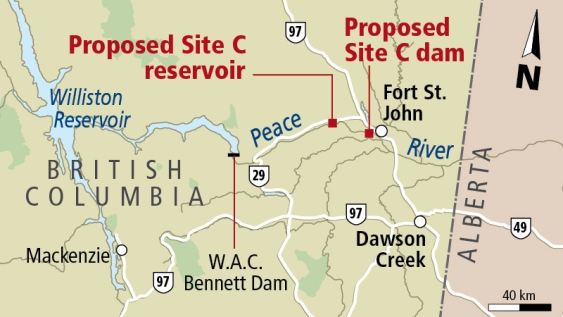With one too many firms heading in the same direction, points of difference has slowly developed into points of parity. No longer are ethically sourced coffee beans a unique aspect of a coffee company – in fact, it has become the norm. So how can companies differentiate themselves with similar values and features? The answer is shock factor! Brand focus is slowly becoming an integral segment of my blog, and for this post, I will be concentrating on BC’s local organic breakfast cereal company: Holy Crap.
Like most “healthy” breakfast cereals in the market, Holy Crap advertises “tasty, gluten-free, [and] non-GMO organic breakfast cereals”. But what has caught the attention of the public initially, is its brand name. Originally named “Hapi Foods” the first ten bags were sold at Sechelt Farmers Market in May 2009. “When one of their very first customers said, ‘Holy Crap… this is amazing!’ [In that instant] Brian [Mullins] changed the name to Holy Crap. Sales increased 1000% – from ten bags a day to over one hundred.”

As Paul Cubbon stated, in his Part 1 of his Consumer Behaviour and Marketing Research video, personal memory and processing are factors that we “must lay out… so we can unpackage consumer behaviour.” From this brand, it is apparent that shock factor allows a story, and in this case, a company’s name, to be entrenched in the memory of the customer.
Sources:
http://holycrap.ca/about-corin-mullins-and-brian-mullins/
http://www.kaltura.com/index.php/extwidget/preview/partner_id/133362/uiconf_id/16718522/entry_id/0_n71z3tl2/embed/legacy?
http://cdn.shopify.com/s/files/1/0163/2714/products/Bag-CA-HolyCrap_large.jpg?v=1411145688
